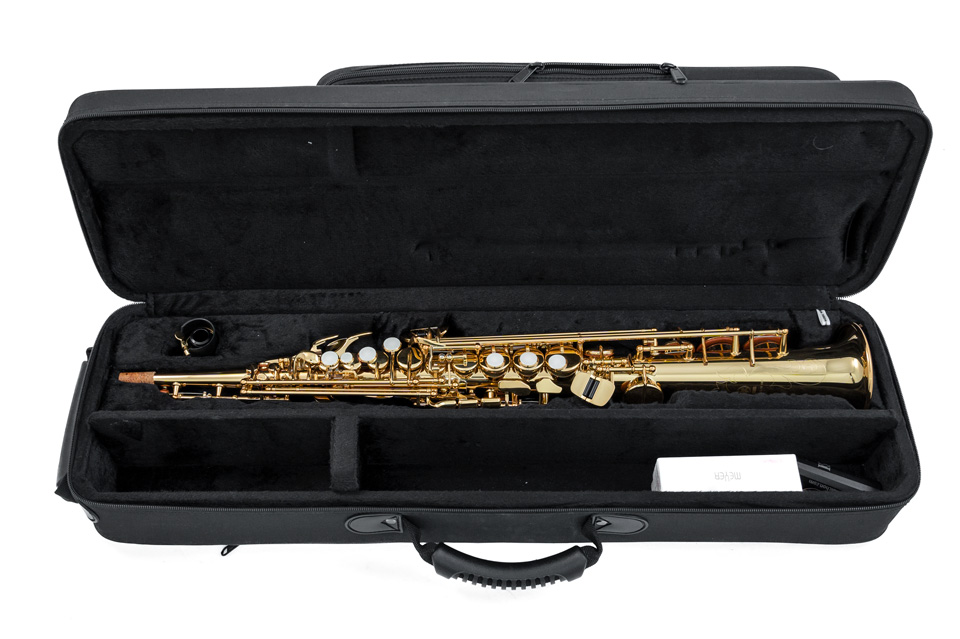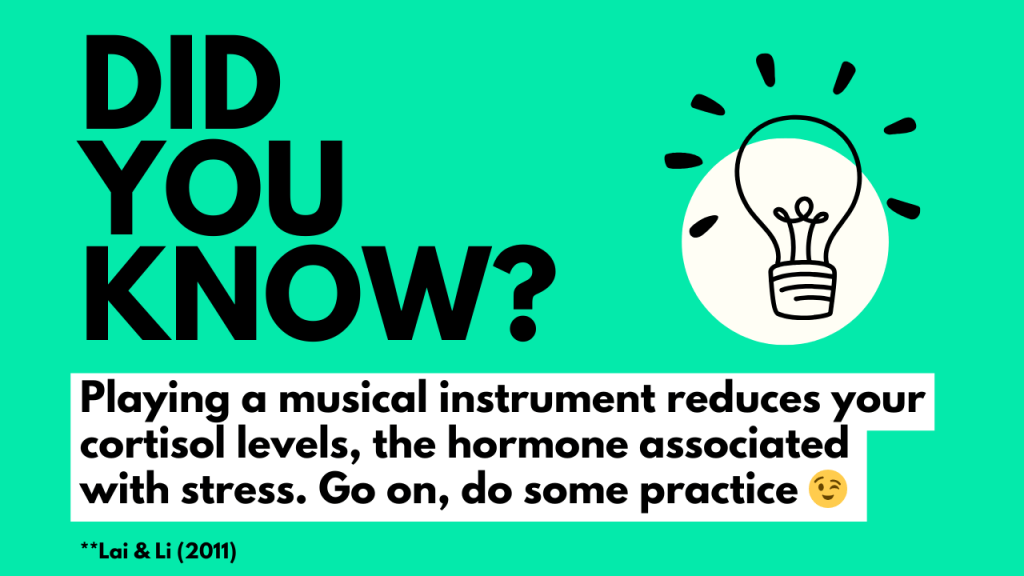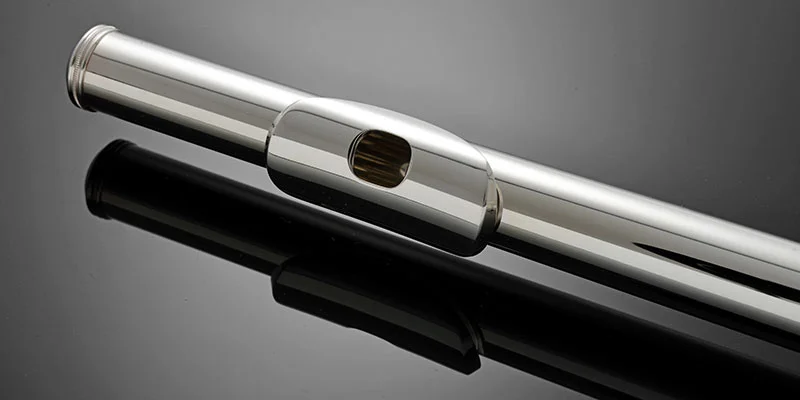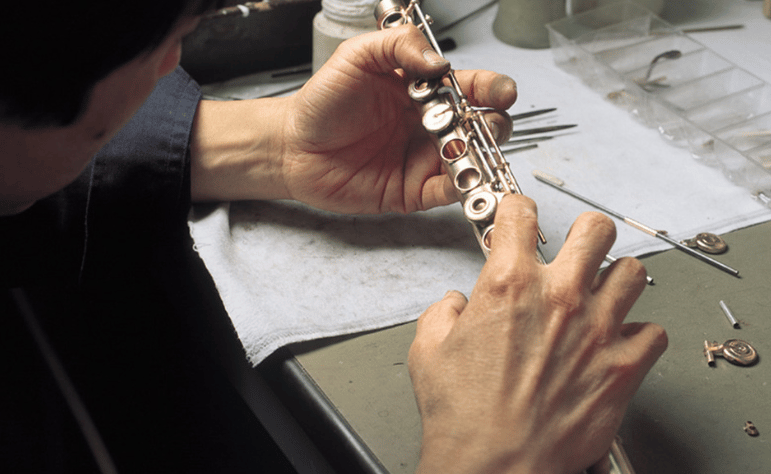How to Sell Your Woodwind or Brass Instrument
If you’re looking to sell a quality used Woodwind & Brass instrument we may be able to help. We offer three main ways to sell your instrument via Dawkes:
- Commission Sale
- Part-Exchange
- Buy-In
In this blog we’re primarily giving information about our Commission Sale process which is our main option. However, we do also offer part-exchange and straight buy-ins occasionally if it’s a very popular model (and depending on our stock). Part-exchange values are given in-store so we would recommend booking a visit to see us and try out new gear to trade your instrument against.

Finding Your Musical Voice
Five Steps to Make Your Playing Truly Yours
In the world of instrumental playing, it’s easy to get caught up in perfecting the technical aspects – clean articulation, accurate intonation, and solid rhythm. But great players don’t just play the notes – they say something with them. Finding your musical voice is about making your playing unmistakably you. It’s a lifelong journey, but here are five steps to help you start carving out your unique sound, inspired by brass supremo Christopher Bill.

1. Listen With Intent
Your musical voice starts with your ears. The things that excite you – whether it’s a film score, a funky groove on the radio, or the sound of a busker on the street – try to recreate it on your instrument. Whether it’s a solo, a tone colour, or a phrase shape, emulate it. You won’t reproduce it exactly, and that’s the point: your interpretation will naturally start shaping your sound. The more you absorb, the more you start to internalise what kind of player you want to be.
2. Embrace Creative Restrictions
Sometimes limitations are the best launchpads for creativity. Give yourself a rule: play a solo using only three notes, or restrict your range to a single octave. Can you write a melody using only staccato articulation? By stripping away options, you’re forced to dig deeper into expression. You might discover fresh phrasing, new uses of silence, or quirky tricks that become part of your signature sound. As Bill says, the ideas that emerge from constraints are often the most original – because they’re yours. These constraints force you to think differently and often result in more interesting, personal ideas.
3. Make Musical Decisions – Bold Ones
Playing accurately is only part of the job. What brings music to life are the choices you make – tempo, articulation, dynamics, vibrato, phrasing. Ask yourself: what story am I trying to tell? Try exaggerating a musical idea just to see how it changes the feel of the piece. Push the tempo in a phrase, add an unexpected crescendo, or hold back just before a high note.
4. Know Your Story
Think about what draws you to the instrument. Are you in love with the heroic swell of a film score? Do you thrive on the groove of funk or tight big band playing? Your musical voice is a reflection of who you are. Think about the kind of music you’d want to be part of, or the kind of player you admire. Knowing what you gravitate towards gives you a clearer sense of direction, and can guide the way you shape your sound and approach.

5. Play Often, Play Freely
It’s important to step away from the routine. try improvising with no goal, or experiment with tone and texture. You don’t have to be composing a masterpiece – just explore. These moments of unstructured playing often reveal ideas and sounds that feel more authentic than anything written down. Over time, you’ll find that certain habits and preferences stick – and they often point directly to your musical voice.
Final Thoughts
Whether you’re just starting out or already deep in your playing journey, remember: your musical voice isn’t something you find all at once – it’s something you build, moment by moment, through listening, experimenting, and expressing who you are.
Top 5 Upgrade Flutes: Features, Benefits & What to Consider
Upgrading your flute is a pivotal step in evolving as a musician. Whether you’re transitioning from a student model or simply refining your sound, the right instrument can dramatically enhance tone, ease, and expression.
In this blog, we explore the top 5 upgrade flutes – each offering distinct technological innovations and tonal profiles. Alongside features and benefits, we’ll point out what to consider when evaluating these instruments. Don’t forget to watch our video with flautist Thom Conroy to hear his wonderful demonstrations and reviews.

This Is Your Sign To Try A New Instrument!
Whether you’re a curious beginner or a seasoned musician thinking about doubling, take this as your sign to take the plunge and try a new instrument! We get it – investing in a new instrument can be a big step, especially if you’re not quite sure how it’ll fit into your playing or your practice routine.
That’s where our rental scheme comes in – a flexible, affordable way to explore new instruments without the pressure of a full purchase. It’s the perfect solution for anyone looking to dip a toe into the world of doubling or starting fresh with something completely new.

Celebrating 20 Years of P. Mauriat in the UK!
We are celebrating 20 years of P. Mauriat in the UK, bringing you a full review of their flagship range, the Influence tenor and alto saxophones. While P. Mauriat originated in the U.S. in 2003, it was in 2005 that these horns first arrived on UK shores – and over the past 20 years, they’ve carved out a loyal following among players seeking the warmth, feel, and soul of vintage horns with the reliability and precision of modern craftsmanship.
The Influence series has stood out from the beginning for its bold design choices, hand-built construction, and unmistakable tonal palette. Now, two decades on, it’s the perfect time to highlight these flagship models and see why they are becoming a household name amongst pro players.

A Self-Care Guide for Woodwind and Brass Players
World Wellbeing Week 2025
During World Wellbeing Week 2025, let’s shift the focus inward: from performance to presence. Woodwind and brass players know the intense demands of their craft – daily pressure on the breath, fine motor control, long practice hours, and often, physical tension. We’ve put together a self-care guide for musicians with 5 tips on slowing down and taking a moment. Whether you play oboe, saxophone, trumpet, or tuba, you’re constantly balancing technical skill with physical stamina and emotional focus.
We’ve also included some invaluable resources from the British Association for Performing Arts Medicine at the end of the blog to support all musicians through their journey.

Saving Newark College: The Future of Instrument Repair
By Abi Taylor, Head Technician
For decades, the Newark School of Musical Instrument Crafts has been a cornerstone of excellence in the world of instrument making and repair. It has trained generations of skilled technicians – including many at Dawkes Music – who honed their craft and built their careers through the school’s exceptional programs.
Now, with the institution at risk and the future of instrument repair lying in the balance, Head Technician Abi Taylor reflects on her journey and the lasting influence Newark College has had on her and the wider repair community.

Unlock Your Sound: 5 Essential Tips for Bass Clarinet!
Mastering the bass clarinet takes more than just playing low notes beautifully – it’s about developing habits that support tone, technique, and longevity. Based on expert advice by low woodwind specialist, Preston Cummins, here are 5 essential tips for bass clarinet to unlock your sound and take your playing to the next level:

Technician Tales: Common Flute Faults And How to Prevent Them
The flute may look sleek and simple, but it’s a delicate and complex instrument, and even small missteps in handling can lead to frustrating and expensive damage. We spoke to Head Technician, Abi Taylor about the most common flute faults they see come into the workshop, and advice on how to prevent them.

Developing Low Notes on Trombone & Brass: Techniques and Tips
ft Christopher Bill
For many brass players, hitting those booming low notes, the low register presents a set of unique challenges: breath control, embouchure flexibility, and tone consistency, to name a few. Luckily, with the right techniques and mindset, you can unlock the depth and power of the low end. We spoke with Christopher Bill, a trailblazing trombonist known for his virtuosic YouTube performances and practical advice, and have put together a few techniques and tips to support you in developing low notes on trombone and brass.

The Stylish Saxophonist; Setup Choices for Jazz vs Classical Playing
By Alastair Penman
Although I see myself predominantly as a “classical” player, I also love playing jazz, and a fair amount of my work inhabits the area between the two. As saxophonists we’re often called upon to be musical chameleons, shifting between different styles (and even instruments); how can we choose a setup that allows us to do this as easily as possible?
